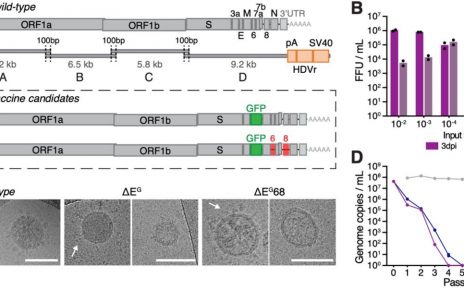Taste matters to fruit flies, just as it does to humans: like people, the flies tend to seek out and consume sweet-tasting foods and reject foods that taste bitter. However, little is known about how sweet and bitter tastes are represented by the brain circuits that link sensation to behavior.
In a new study published in Current Biology, researchers at Brown University described how they developed a new imaging technique and used it to map the neural activity of fruit flies in response to sweet and bitter tastes.
“These results show that the way fly brains encode the taste of food is more complex than we had anticipated,” said study author Nathaniel Snell, who earned his Ph.D. in neuroscience from Brown in 2021 and conducted the research as part of his thesis.
Just as significant as the researchers’ findings is the method they used, said Gilad Barnea, a professor of neuroscience at Brown’s Warren Alpert Medical School and director of the Center for the Neurobiology of Cells and Circuits at the University’s Carney Institute for Brain Science.
To learn more about the brain processes that govern the flies’ reaction to taste sensations, Barnea, Snell and a group of graduate and undergraduate students in Barnea’s lab developed a new imaging technique called “trans-Tango(activity).” This is an adaptation of trans-Tango, a versatile technology invented by the Barnea lab that is used to trace neural circuits in the brain. Barnea said trans-Tango(activity) takes the understanding to a new level by revealing how specific neurons in the circuits respond to stimuli.
The brain response to stimuli is like a relay, Barnea explained: The “stick” passes from one neuron to the next, and then to the next, and so on. Previous techniques could identify a neuron with the stick, but not who gave the stick to that neuron.
Source: Read Full Article



